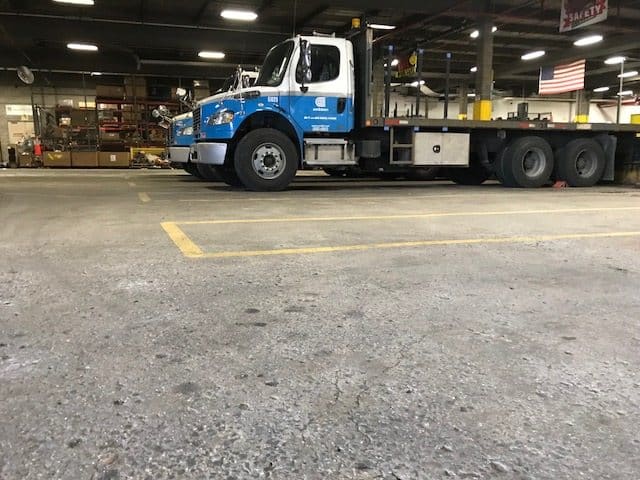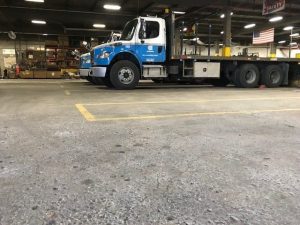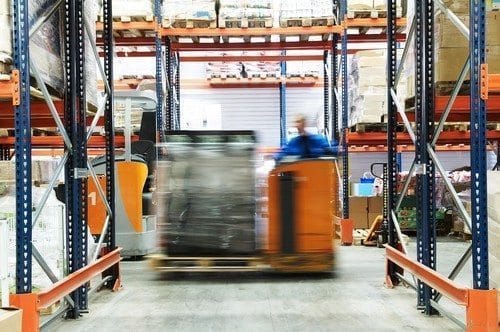
It’s winter again, and like every year it’s time to think about the safest ways for truckers to travel on the road. One of them is chaining, and it’s something that will keep your fleet going through the toughest weather.
At DJ Products, we know you rely on us to provide you with top products like your fleet’s semi trailer mover. But we also want to you know that we’re here to help with all aspects of safety.
How to Know if Chains are Ready to Use
First, you will want to make sure that you’re meeting all of the chain requirements for the states you will traveling through. Once you know you can do that, it’s time to inspect the chains.
You can start by laying them out next to each other. Make sure they’re the same size and in good repair. Make sure to inspect the cams, cross links and connectors. Also, take a look at your bungee cords. You need two cords per chain at a minimum. Make sure that none of them need to be replaced.
Driving With Chains
When you are driving, make sure to follow these guidelines:
– Don’t exceed the speed limit.
– Keep at least one window partially down so you can hear if there are any problems with the chains.
– Maintain extra distance between you and other vehicles to give yourself enough time to stop.
Consider Other Products to Keep Your Drivers Safe
There are so many ways that truck drivers can get hurt during their shifts. As you know, it’s important to keep them safe, and we have a lot of products that can help you with that. Now is a great time to pick up a semi trailer mover! Contact us!















